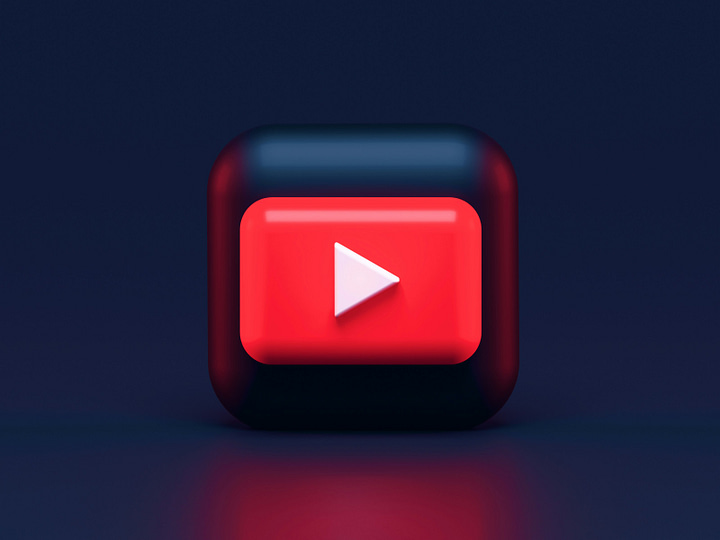
YouTube is a popular platform for sharing and watching videos. With millions of videos available, you may come across a video that you want to use or reference in your own content. In this blog post, we will explore different methods to get YouTube video contents.
1. Embedding YouTube Videos
One of the easiest ways to use YouTube video contents is by embedding the video directly into your own website or blog post. YouTube provides an embed code for each video, which you can copy and paste into your HTML code. This allows you to display the video on your own platform without having to download or store the video file.
To embed a YouTube video, follow these steps:
- Open the YouTube video you want to embed.
- Click on the “Share” button below the video.
- Click on the “Embed” option.
- Copy the provided embed code.
- Paste the embed code into your HTML code where you want the video to appear.
2. Downloading YouTube Videos
If you want to have a local copy of a YouTube video, you can download it using various online tools or software. However, it’s important to note that downloading YouTube videos may violate YouTube’s terms of service and copyright laws, so make sure to use downloaded videos responsibly.
There are numerous websites and software available that allow you to download YouTube videos. Simply search for “YouTube video downloader” and choose a reputable tool. Follow the instructions provided by the tool to download the video to your device.
3. Using YouTube Video URLs
If you don’t want to embed or download the entire video, you can still use specific parts of a YouTube video by using its URL. YouTube allows you to link directly to a specific timestamp in a video by adding a time parameter to the video URL.
For example, if you want to link to a video starting at 1 minute and 30 seconds, you can add “?t=1m30s” at the end of the video URL. When someone clicks on the link, the video will start playing from the specified timestamp.
4. Extracting Video Transcripts
If you need the text content of a YouTube video, you can extract the video transcript. While YouTube does not provide an official transcript feature, there are online tools and services that can automatically generate transcripts for you.
Search for “YouTube video transcript generator” to find a suitable tool. Most of these tools require you to enter the YouTube video URL, and they will generate a transcript that you can copy and use in your own content.
5. Requesting Permission
If you want to use YouTube video contents for commercial purposes or in a way that goes beyond fair use, it’s best to reach out to the video creator and request permission. You can usually find contact information in the video description or on the creator’s YouTube channel.
Send a polite message explaining how you want to use their video and ask for their permission. Remember to respect their decision, as they have the right to decline your request.
Remember to always give proper credit to the original video creator when using YouTube video contents. Respect copyright laws and use videos responsibly.
By following these methods, you can easily get YouTube video contents for your own use. Whether you embed the video, download it, use specific timestamps, extract transcripts, or request permission, make sure to adhere to YouTube’s terms of service and copyright regulations.
RELATED POSTS
View all